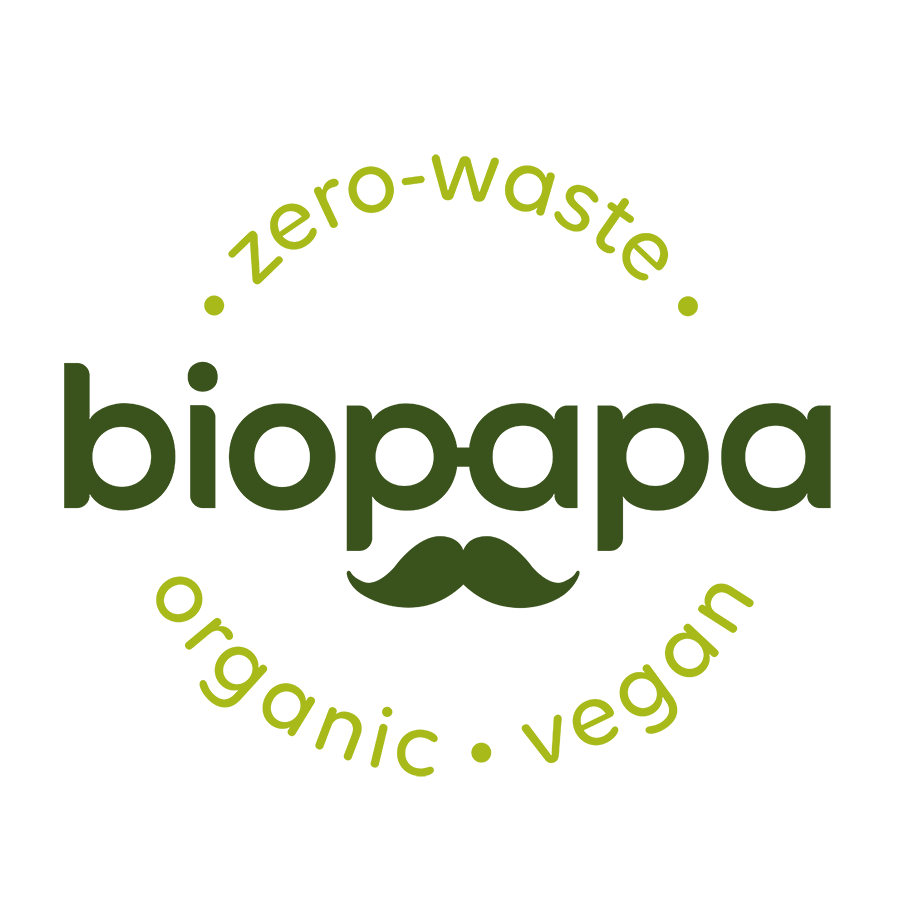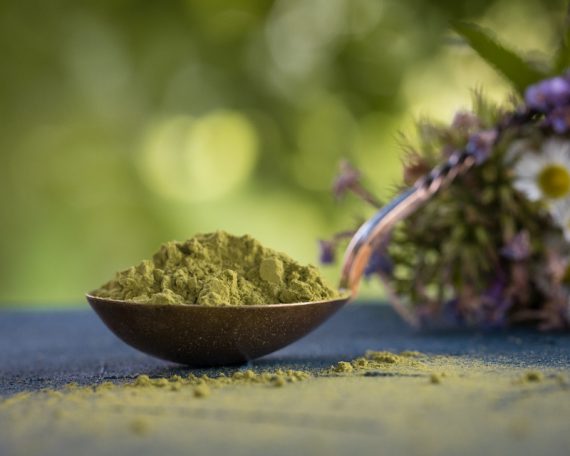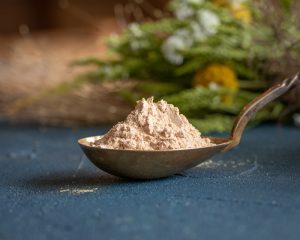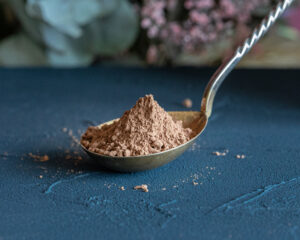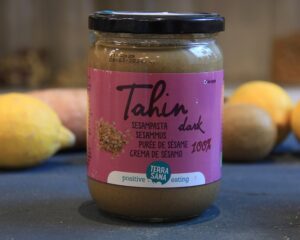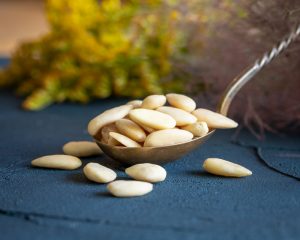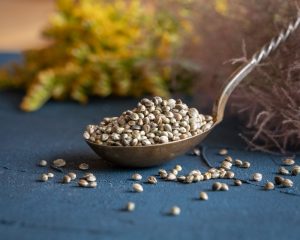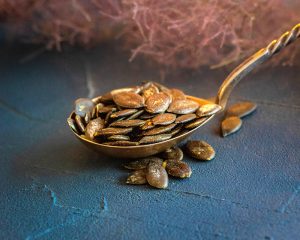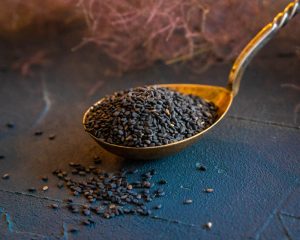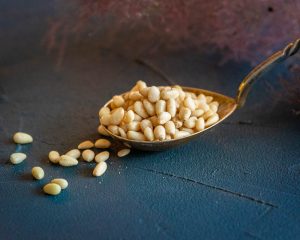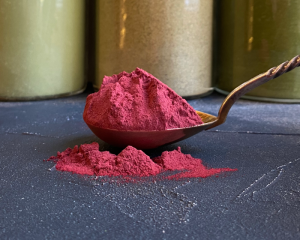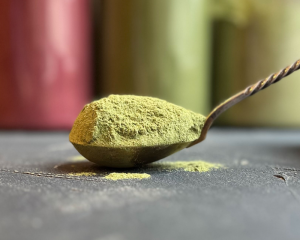Organic Matcha Green Tea Powder from Japan
From 3.80€
Matcha tea, a vibrant green tea powder, has enchanted the world with its unique taste, centuries-old traditions and health benefits. Matcha tea originated in Japan and has become a global phenomenon, inspiring a matcha culture that goes beyond traditional tea ceremonies.
How is Japanese matcha different from South Korean matcha?
The production process of matcha in South Korea is the same as in Japan. Camellia senensis tea plants are grown in the shade, harvested (by hand or by machine, depending on the type of matcha and the volume of production), steamed, dried and ground into a fine powder to produce matcha. The rich volcanic soil of Jeju Island in South Korea, combined with the subtropical climate and dense fog, provide ideal conditions for growing high quality tea. The main difference from Korean matcha is that the plantations receive natural shade from the mountain slopes and fog. In Japan, tea plantations are artificially covered to provide shade for at least 20 days before harvesting, giving the leaves a dark green chlorophyll and high levels of L-theanine, which is naturally found in tea.
Premium Japanese matcha
Japanese matcha production is a painstaking process. As mentioned above, the leaves are shaded for a few weeks before harvesting, which brings out the bright green colour and increases the concentration of chlorophyll and amino acids. The peeled leaves are steamed, dried and carefully ground into a fine powder using a granite stone grinder.
Health benefits
Matcha has gained immense popularity thanks to its many health benefits. As matcha is a powdered green tea, it retains all the nutrients in the tea leaves, making it a powerful source of antioxidants, vitamins and minerals.
The main health benefits of matcha
a. Rich in antioxidants – Matcha is enriched with catechins, especially epigallocatechin gallate (EGCG), which has strong antioxidant properties. These antioxidants help fight oxidative stress and reduce the risk of chronic diseases.
b. Boosts metabolism and weight control – Studies show that matcha can help speed up metabolism and promote fat oxidation, making it a popular choice among those looking to control their weight.
c. Improves concentration and calmness – matcha contains the amino acid L-theanine, which can help relax and improve mental clarity without causing drowsiness. This unique combination of L-theanine and caffeine in matcha provides a long-lasting and concentrated burst of energy.
d. Cardiovascular health – regular consumption of matcha improves heart health by reducing bad cholesterol (LDL) and promoting better blood circulation.
e. Detoxifies the body – matcha is high in chlorophyll, which helps detoxify the body, helping to eliminate harmful toxins and heavy metals.
Matcha’s journey from ancient rituals to a modern healthy lifestyle has cemented its place as one of the world’s most famous beverages. This green tea powder continues to fascinate with its rich history, cultural significance and undeniable health benefits. Enjoy every sip of this beautiful sparkling drink!
The art of making matcha
Making matcha is not just a simple infusion like making regular tea. Instead, it involves a unique ritual known as the “Chanoyu”, or Japanese tea ceremony. This ceremony emphasises attention, respect and aesthetic appreciation. The matcha powder is whisked in hot water with a bamboo brush until the green tea becomes frothy and velvety. The silent process of preparing and tasting matcha is an essential part of the process.
Matcha tea recipe:
Place 1/2-1 teaspoon (1,5 g) in a mug or matcha bowl (the wide bottom of the bowl makes it easy and convenient to whisk the matcha into the water and quickly obtain a foam) and pour up to 50 ml or 100 ml of hot water (80 °C). Stir the matcha until a jade green foam forms in the bowl in about 20 seconds. Now you can add more water if you want the matcha to be less strong.
For best results, the Foaming Brush should be soaked in hot water before use.
Matcha Chai Latte
Add warm or boiled plant milk (preferably whipped) to the already prepared matcha. Any additional sweetener can be used, e.g. coconut blossom sugar, maple syrup. Cinnamon, vanilla or cocoa powder can be added to enhance the flavour.
This café-style luxury matcha latte can be made in just 5 minutes.
Caffeine content: 16-17 mg/1g.
Sources:
www.healthline.com
www.pinnaclematcha.com
NOTES. The information provided here should not be interpreted as advice on treatment or other health issues.
We encourage you to make personal health decisions based on your personal knowledge and consideration of different sources of information.
Organic Matcha Green Tea 100%
Energy value 1338 kJ / 320 kcal
Fat 2,5 g
- of which saturates 0,7 g
Carbohydrates 33,8 g
- of which sugars 6,7 g
Fibre 34,8 g
Protein 22,8 g
Salt 0,01 g
Store in a cool, dry place.
